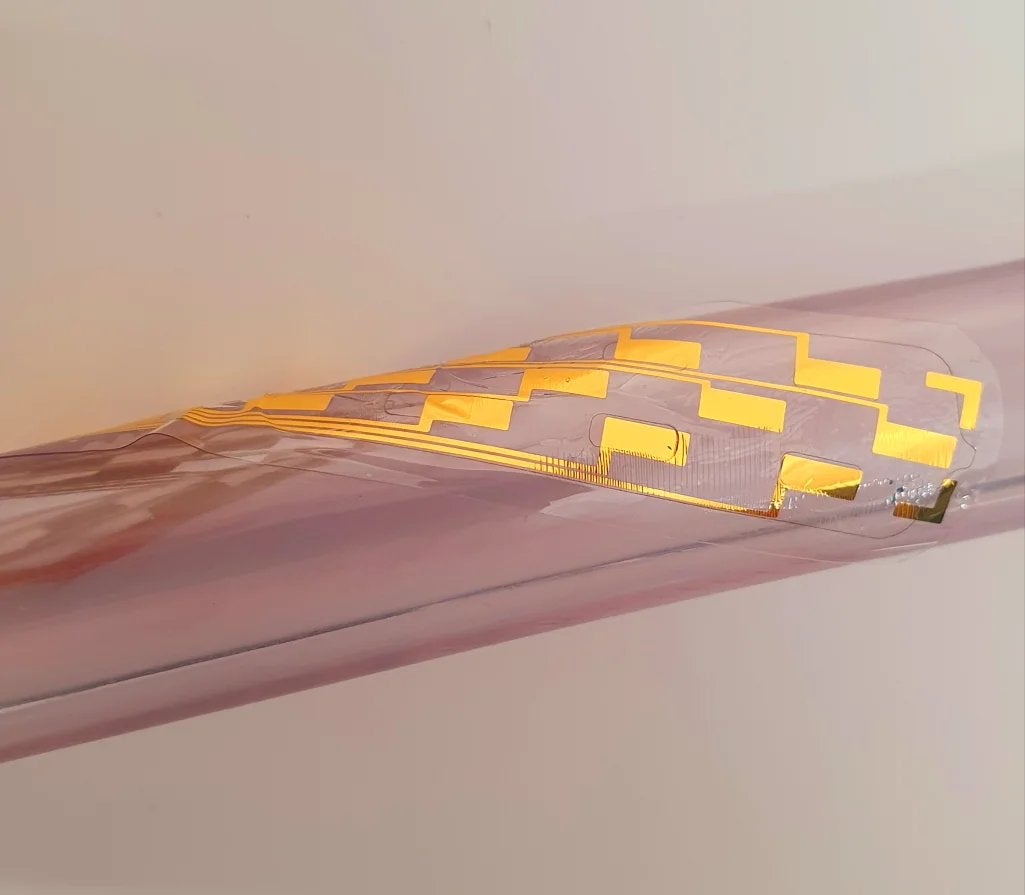
Researchers at the University of Cambridge, UK, have developed an inflatable spinal implant for the treatment of severe pain without invasive surgery.
The device uses soft robotic fabrication methods along with ultra-thin electronics and microfluidics.
With a width similar to that of a human hair, the device can be rolled up, placed in a needle and implanted into the spinal column’s epidural space.
On inflation with water or air, the implant unrolls and covers a large portion of the spinal cord.
After connection to a pulse generator, the device’s ultra-thin electrodes begin sending small electrical currents to the spinal cord to hinder pain signals.
Findings from early testing indicate that the implant can help treat various severe pain forms, such as leg and back pain, that are not addressed by painkillers.
How well do you really know your competitors?
Access the most comprehensive Company Profiles on the market, powered by GlobalData. Save hours of research. Gain competitive edge.

Thank you!
Your download email will arrive shortly
Not ready to buy yet? Download a free sample
We are confident about the unique quality of our Company Profiles. However, we want you to make the most beneficial decision for your business, so we offer a free sample that you can download by submitting the below form
By GlobalDataAccording to the researchers, the device can be used to potentially treat paralysis or Parkinson’s disease.
Further tests and clinical trials must be conducted before using the implant to treat patients.
University of Cambridge Department of Clinical Neurosciences Dr Damiano Barone said: “The way we make the device means that we can also incorporate additional components – we could add more electrodes or make it bigger in order to cover larger areas of the spine with increased accuracy.
“This adaptability could make our spinal cord stimulator (SCS) device a potential treatment for paralysis following spinal cord injury or stroke or movement disorders such as Parkinson’s disease.”
The most effective SCS devices presently available for severe pain treatment are bulky and need invasive surgery, the research team noted.
Meanwhile, existing keyhole devices are not as effective at treating pain.
The new device combines the surgical devices’ clinical efficiency and the keyhole devices’ easy implantation to offer an effective long-term option for addressing intractable pain.
Following assessment in vitro and on a human cadaver model, the researchers are now collaborating with a manufacturing partner for additional development and scale-up of their device.
Testing in patients is expected to commence in two to three years.
Last week, researchers at NYU Langone’s Grossman School of Medicine found that a computerised brain implant could efficiently alleviate short-term and chronic pain in a new preclinical study.







